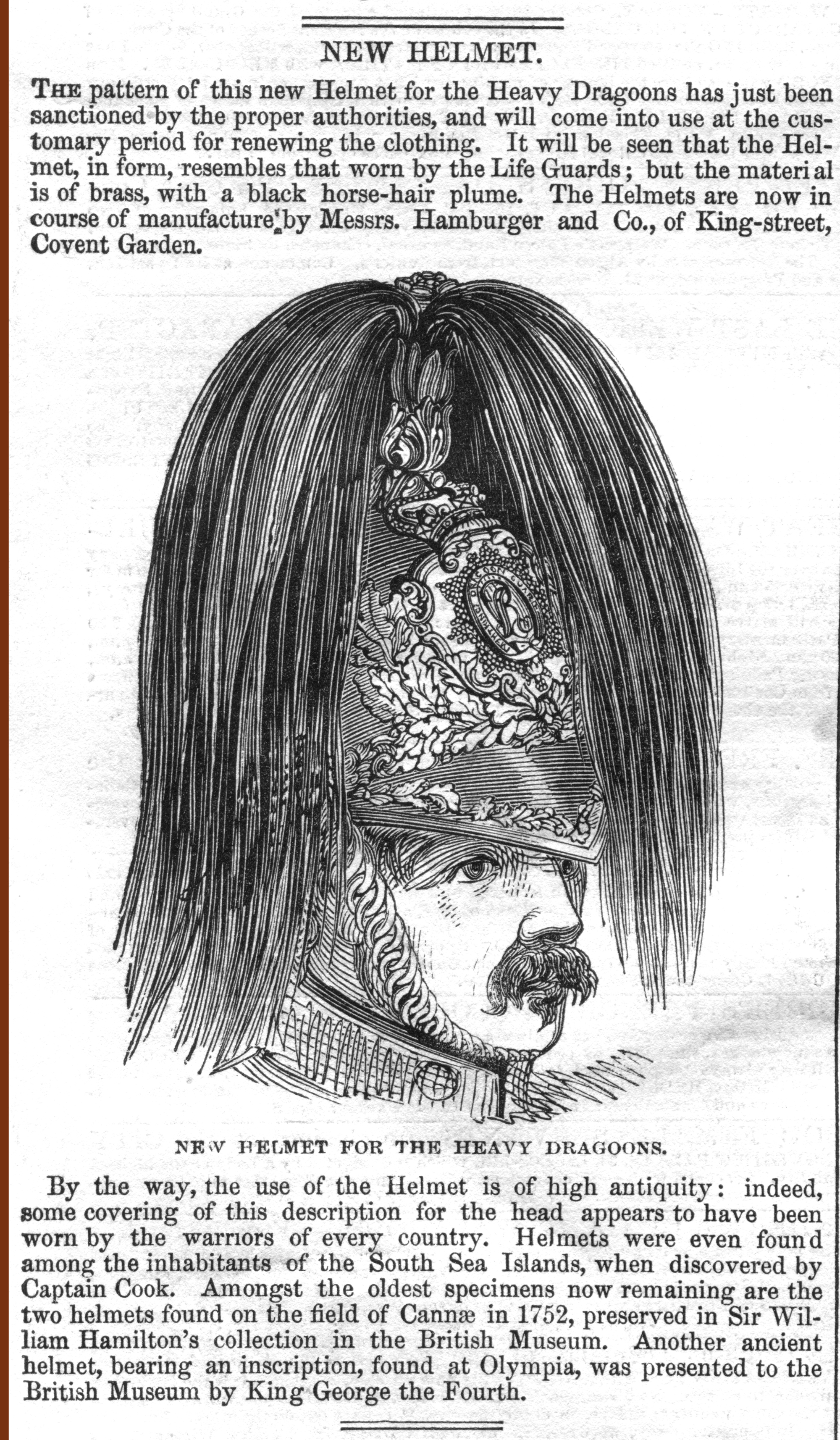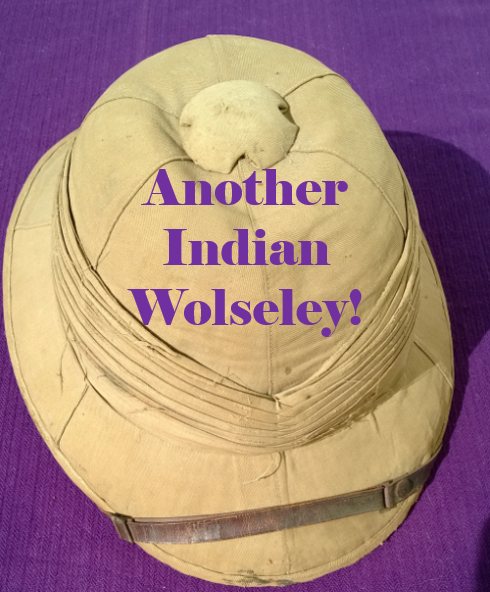 Figure 1. Top left, an Ellwood & Sons ‘Air Chamber’ military sun helmet, patented 1851, following traditional Indian designs it has a light weight cork construction, is cloth covered and has an ‘air pipe’ comb allowing air to freely circulate in the dome. Top right, a ‘Custodian’ police helmet by Christys & Co ltd (1952), uses almost identical construction methods; a version of this basic design was introduced in 1863 and was the only Custodian type for at least 10 years. Bottom left, a development of the sun helmet; a Christys & Co Ltd, late 1800s Colonial Pattern Sun Helmet. Bottom center, the attached Christys label. Bottom right, a near identically constructed police helmet, again by Christys, offered to the police as an alternative ‘Custodian’ style in the mid 1870s.
Figure 1. Top left, an Ellwood & Sons ‘Air Chamber’ military sun helmet, patented 1851, following traditional Indian designs it has a light weight cork construction, is cloth covered and has an ‘air pipe’ comb allowing air to freely circulate in the dome. Top right, a ‘Custodian’ police helmet by Christys & Co ltd (1952), uses almost identical construction methods; a version of this basic design was introduced in 1863 and was the only Custodian type for at least 10 years. Bottom left, a development of the sun helmet; a Christys & Co Ltd, late 1800s Colonial Pattern Sun Helmet. Bottom center, the attached Christys label. Bottom right, a near identically constructed police helmet, again by Christys, offered to the police as an alternative ‘Custodian’ style in the mid 1870s.
Category Archives: India
The Roman Air Tube Helmet: The Origins of the British Sun Helmet
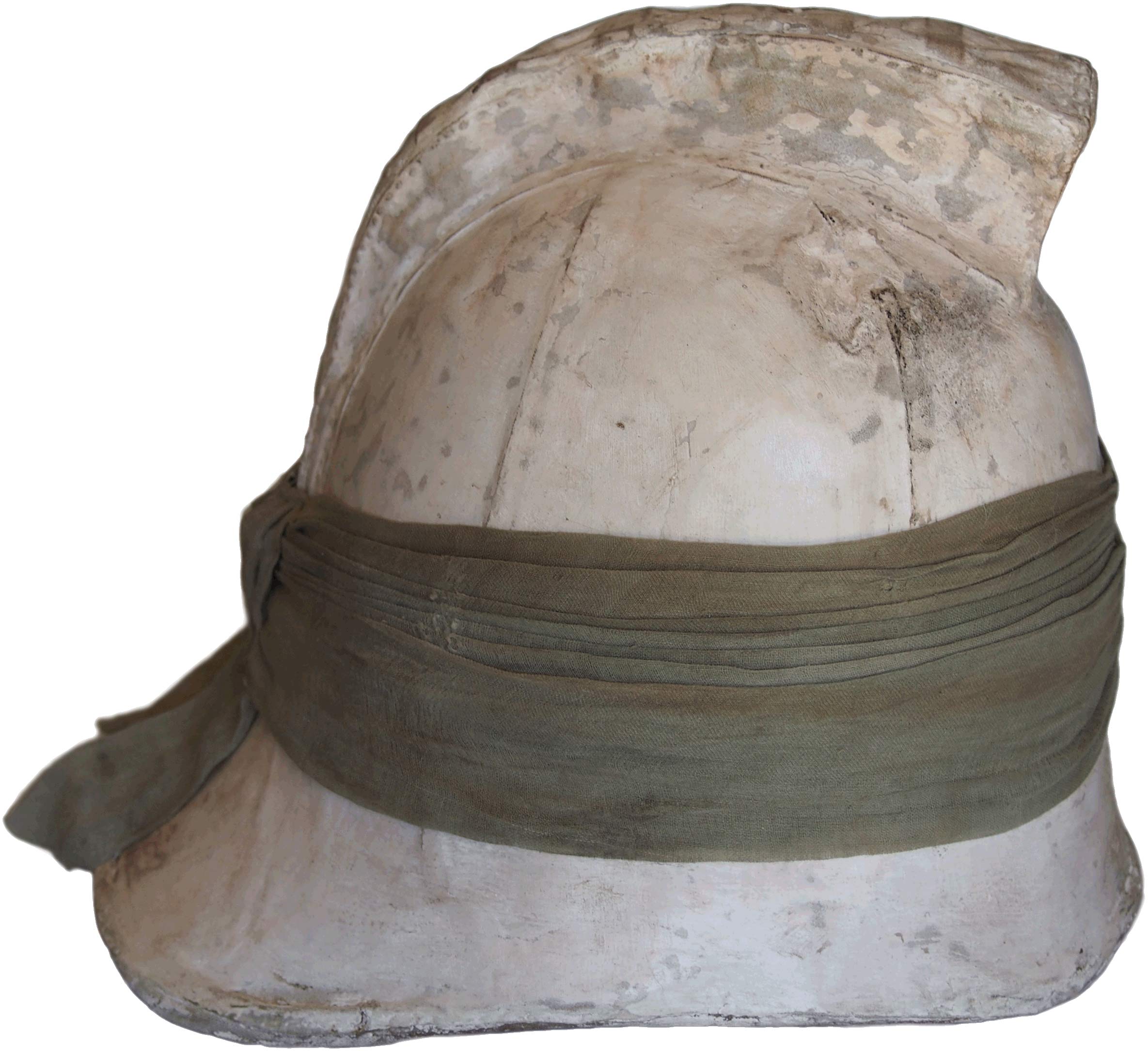
The Ellwood and Sons’ “Roman” Air Tube design was among the first British-made sun helmets. Its design came about largely as a result of Great Britain’s expanding empire in India and parts of Africa. It was in many ways an answer to locally made helmets, which were increasingly necessary due to the tropical heat of the subcontinent.
By the time of the Indian Mutiny, which began in 1857, the British had already had a presence in India for well more than 200 years yet it wasn’t until the 1840s – coinciding with the effects of the end of the Little Ice Age in Europe – that serious consideration was given to making uniforms and headdress more comfortable for wear in hot weather.
A Cork Indian/Aden Pattern Helmet
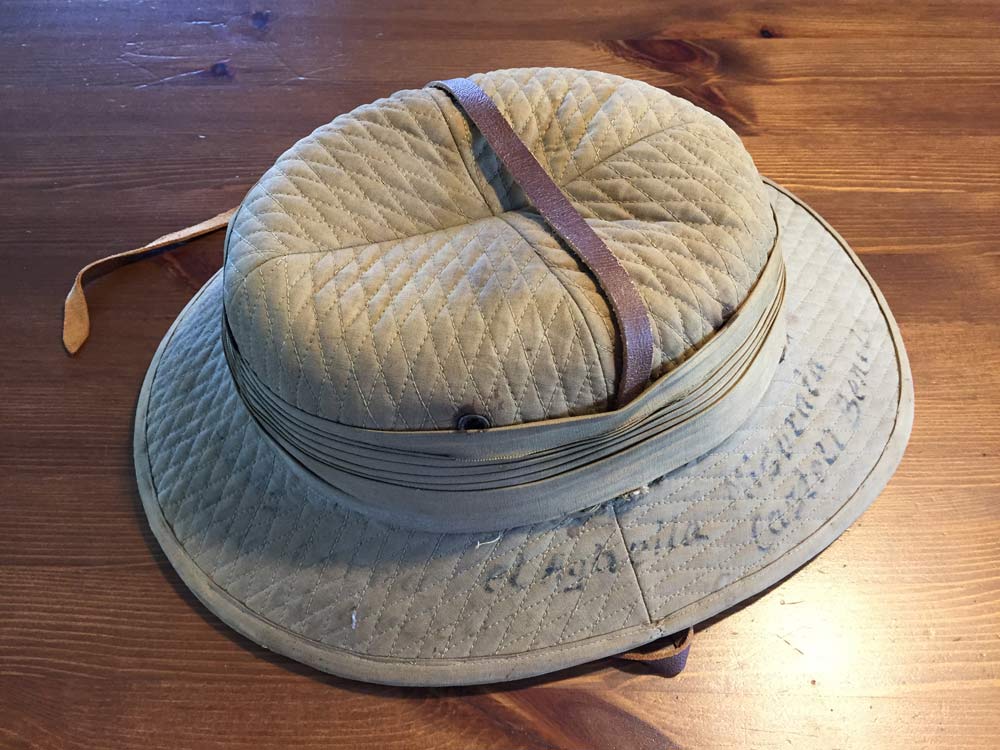
While the term “pith helmet” is used to describe almost all sun helmets, the actual use of “sola pith” material is generally only seen in the construction of helmets made in Asia, including India and the Far East. One of the more popular – and high end – examples of Indian-made sun helmets is the “Cawnpore Tent Club Helmet,” which is noted for its shape and more importantly the quilted linen covering.
All of the examples encountered to date have been made of pith, but recently one has been discovered at a flea market in Munich, Germany, and this example was made of cork. Continue reading
Helmets are not new under the Sun
One of the great mysteries regarding the origin of the classical “colonial pattern” sun helmet is how it obtained its distinctive shape, one that was truly of Anglo-Indian origin, but which was copied throughout the world. Continue reading
Staff Officer Bombay Bowler
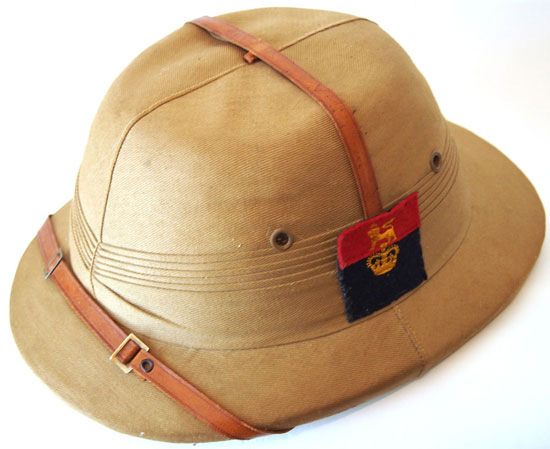
As the British Army had phased out the Wolseley helmet completely after World War II, staff officers, brigadiers and general officers had to make due with other forms of tropical headgear when serving in remote stations such as Singapore, the British West Indies and the various African colonies before independence.
There appears to be a brief resurgence of Indian pattern helmet including the Bombay Bowler in use by some British officers serving in tropical stations. This would be a bit ironic as the first sun helmets used by British forces originated in India – but of course the Wolseley does remain in use for the Royal Marines, while other cork helmets have been used for ceremonial purposes for units such as the Gibraltar Regiment. Continue reading
An Interesting Photo
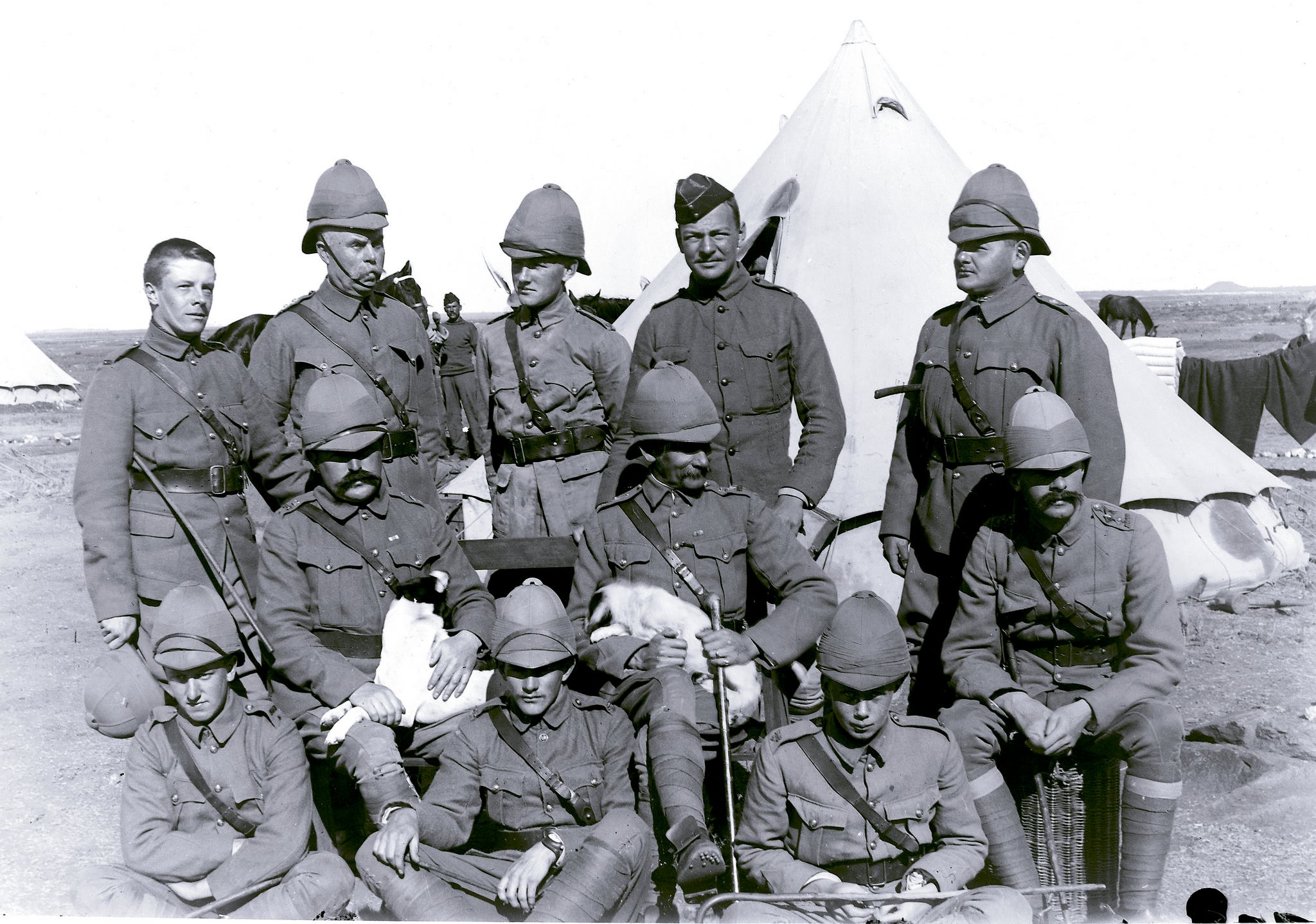 Click on the photo for hi-res.
Click on the photo for hi-res.
This photograph was sent to me by a fellow contributor that is clearly a mixture of young and old (and rather portly) British “officers.” Interesting to note the “pips” on the soldier seated far right and the brass buttons on most. Also note the variations in the tunics of these British soldiers, and the fact that Sam Browne belt’s do not sport holsters nor sword frogs.
What isn’t so clear is when or where this photograph was taken. Obviously we can narrow it down to the latter decades of the 19th century based on the uniforms, equipment and notably the helmets – the “where” is the other mystery. The terrain appears generally flat without much foliage, but is this South Africa, the Sudan, India or elsewhere?
Another Indian Wolseley
Wolseley helmets made of sola pith are indeed rare things. One was described on this website and Chis Mills has shown one in his book*. My reason for presenting a third one now is that it offers some more and different detail, which might give some clues to the circumstances and time of its manufacturing and indeed, proof of its use as a military helmet.

